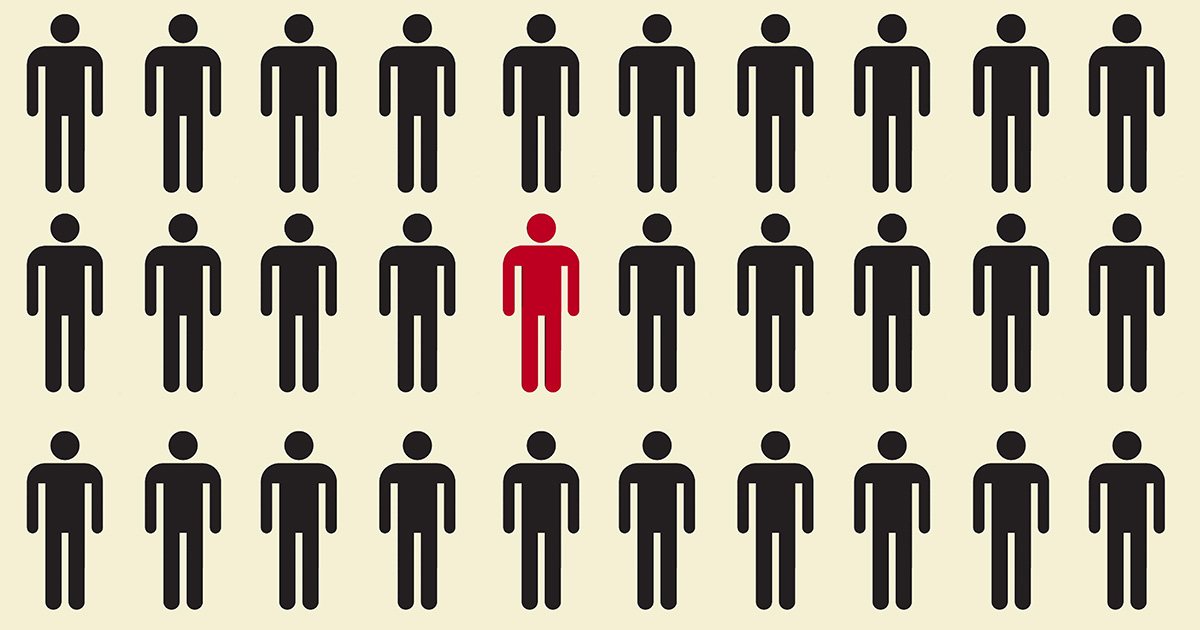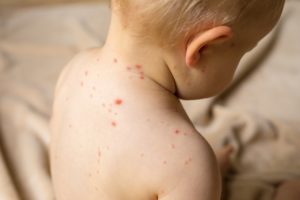
Here’s how herd immunity works
Due to the COVID-19 pandemic, we are all too familiar with terms like lockdown, physical distancing, close contact and quarantine. Here’s another one that’s more fun to talk about:
Herd immunity.
“A better term for it is population immunity,” said Lori Grooms, director of Infection Prevention and Control for OSF HealthCare.
But herd immunity is more fun to say. It’s easier than enunciating the lyrical community immunity. And we could use a little fun. So for this lesson in pandemic lingo, we’ll stick with the herd.
Immunity eliminates virus targets

By any name, herd immunity is a good thing.
“When we have herd immunity, it means a good portion of the population is immune to a disease,” Lori said. “If I am immune as an individual, I won’t develop the infection if I am exposed to it. So if a high percentage – say 70% – is immune, it’s less likely those other 30% come in contact with someone carrying the disease.”
To illustrate, think of your community as a forest where people are prey and viruses are hunters. As people become immune, they disappear from view.
Eventually, the virus runs out of easy targets.
A few examples of diseases to which our national population has developed herd immunity:
- Chickenpox
- Measles
- Mumps
- Polio
- Smallpox
Smallpox is considered eradicated from the planet, and polio eliminated in the United States. We still see limited outbreaks of the other diseases on that list, but those are largely because some people don’t get vaccinated.
Why vaccinations are critical
As individuals, our bodies build immunity against a specific virus or disease in one of two ways. Either we get sick and develop a natural immunity when we recover, or we take a vaccine.
How long immunity lasts can vary with each virus. For example, most people who get the measles are immune for life, but you can get the flu every year. Vaccines help protect people who don’t have natural immunity, but few vaccines provide lifetime immunity – which is why we need an annual flu shot.
COVID-19 is caused by a coronavirus similar to the virus that causes the flu.
Questions about the COVID-19 vaccine?
“Two factors need to be taken into account when we’re talking about herd immunity,” Lori said. “One is the percentage of the population that needs to develop immunity in order to control the disease. The other is how long immunity lasts.”
With a highly contagious virus, like SARS-CoV-2 that causes COVID-19, the percentage needs to be high – probably 70% to 80%, Lori said. Also, research to date indicates that once people have had COVID-19 and recovered, their natural immunity lasts for three to nine months.
“That’s why we need the vaccine,” Lori said. “When you have a very, very contagious disease like this, you need more of the population to be immune in order to control it. We need such high percentages, we would never develop herd immunity naturally. You would have to have a large percentage of the population getting reinfected every three to nine months.
“The vaccine will allow more people in the population to build up that immunity. We don’t know yet how long immunity due to the vaccine will last. But even if it means getting a yearly vaccination, that’s not unlike getting your yearly flu vaccine.”